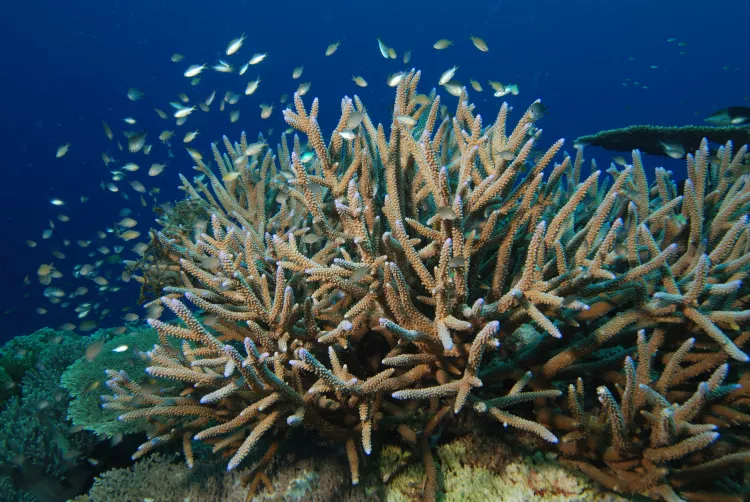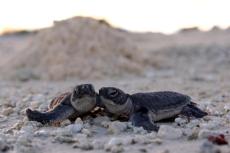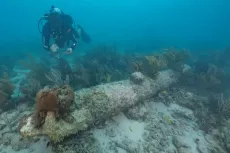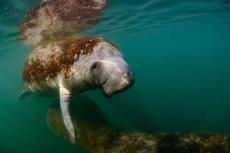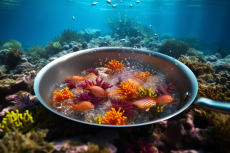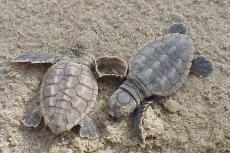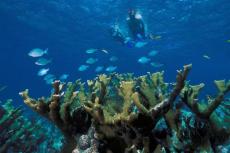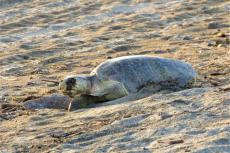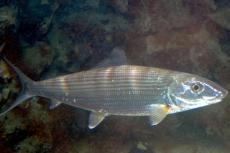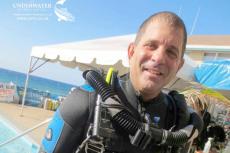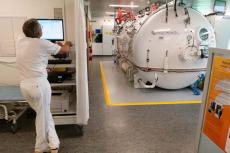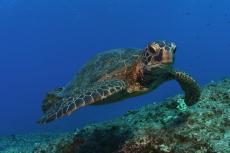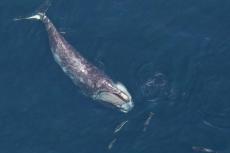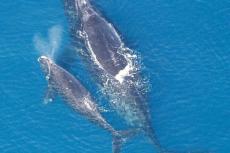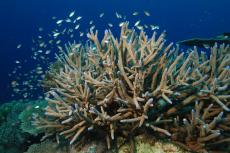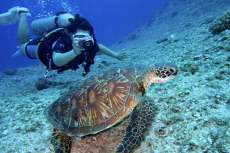Coral restoration projects show promise in Florida Keys
Reef restoration projects in the Florida Keys National Marine Sanctuary could play a key role in helping staghorn coral recover.
Reef-building staghorn coral (Acropora cervicornis) was abundant and widespread throughout the Caribbean and Florida until the late 1970s. The fast-growing coral formed dense thickets in forereef, backreef, and patch-reef environments to depths over 20 m.
However, significant population declines in staghorn coral and elkhorn coral (Acropora palmata) began in the 1970s and now exceed over 90% around Florida. The losses were caused by a combination of coral disease and bleaching, with possible contributions from other stressors, including pollution and other disturbances that affect sites at regional and local scales.
Reproduction in the wild by fragment regeneration and sexual recruitment is inadequate to offset population declines. Recovery has not occurred in Florida because stressors persist.
Starting in 2007, the Coral Restoration Foundation evaluated the feasibility of outplanting nursery-raised colonies of staghorn coral to reefs in the Florida Keys to restore populations at sites where the species was previously abundant.
Outplanting viable
While coral outplanting is considered a viable strategy to help meet the restoration criteria outlined in the NOAA Recovery Plan (NRP), coral propagation and outplanting are still a relatively new idea. The approach was based, in part, on a long history of projects that reattached corals dislodged by storms or by ship groundings, as well as outplanting advancements adapted from terrestrial silviculture practices and the aquarium trade.
Survivorship was initially high but generally decreased after two years. After four years, approximately one-third of surviving colonies were over 50 cm in maximum diameter. Furthermore, approximately 15% of outplanted colonies that survived four years attained greater than 100 cm maximum colony diameter, so at least a small proportion of outplanted colonies retain the capacity to grow as fast and large as the largest colonies in natural local populations.
Results support NRP conclusions that reducing stressors is required before significant population growth and recovery will occur. Until then, outplanting protects against local extinction and helps to maintain genetic diversity in the wild.
A significant challenge for restoration managers is how to address the inevitable population declines that are caused by multiple sources of mortality. One approach is based on the idea of assisted evolution, in which selective breeding of corals or other genetic enhancements are used to produce corals that can thrive against the increasing frequency and magnitude of stressors, especially those related to warming and bleaching.
- Log in to post comments


